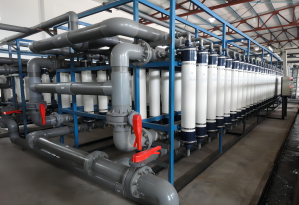
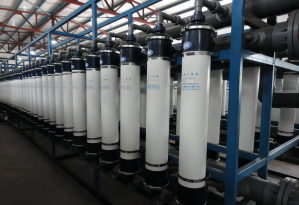
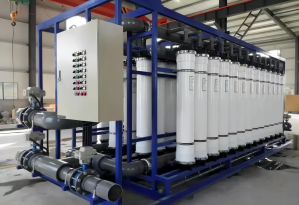
Ultrafiltration has a wide field of application, functioning as pretreatment and in processes where water of excellent quality is necessary.
We detail the 5 main applications of ultrafiltration:
1. Drinking and wastewater treatment: Ultrafiltration is a commonly used technique to remove particles, microorganisms and macromolecules, making it an ideal choice for drinking and wastewater treatment.
2. Dairy industry: In the dairy industry, ultrafiltration is used in a wide range of applications such as milk protein standardization for cheese production, protein concentration and permeate decalcification, as well as for lactose reduction in milk.
3. Purification and concentration of macromolecules and proteins: Ultrafiltration membranes have the unique ability to purify, concentrate and fractionate a wide range of macromolecules and proteins, through a physical membrane barrier, ensuring very consistent rejection and flux performance.
4. Replacement of traditional sand filters and media filtration: Ultrafiltration technology can be superior to traditional sand filters and media filtration, which require consistent raw water quality to deliver a quality effluent, which is not always possible. In addition, they provide an absolute barrier.
5. Separations based on solute size: Ultrafiltration membranes perform separations based on solute size. They have retention ratings of 1-5000 K for more or less spherical solutes and can retain solutes 10-1000 Å or larger in diameter (approximately 300-1000 KDa), such as colloids, large molecules and nanoparticles.
Classification of separation membranes according to their pore openings
· Microfiltration: 0.1 to 1 micron (μm)
· Ultrafiltration: 0.01 to 0.1 μm
· Nanofiltration: 0.001 to 0.01 μm
· Reverse osmosis (hyperfiltration): 0.0001 to 0.001 μm
Remember that:
1 mm = 1000 μm
1 μm = 1000 nanometers (nm)
1 nm = 10 Angstroms (Å)





 Language
Language


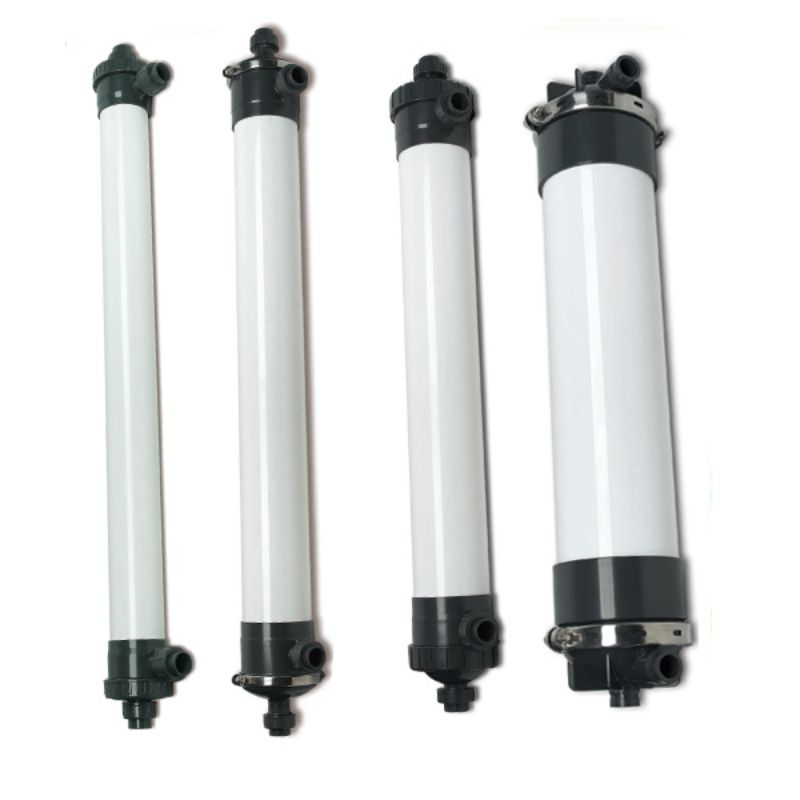
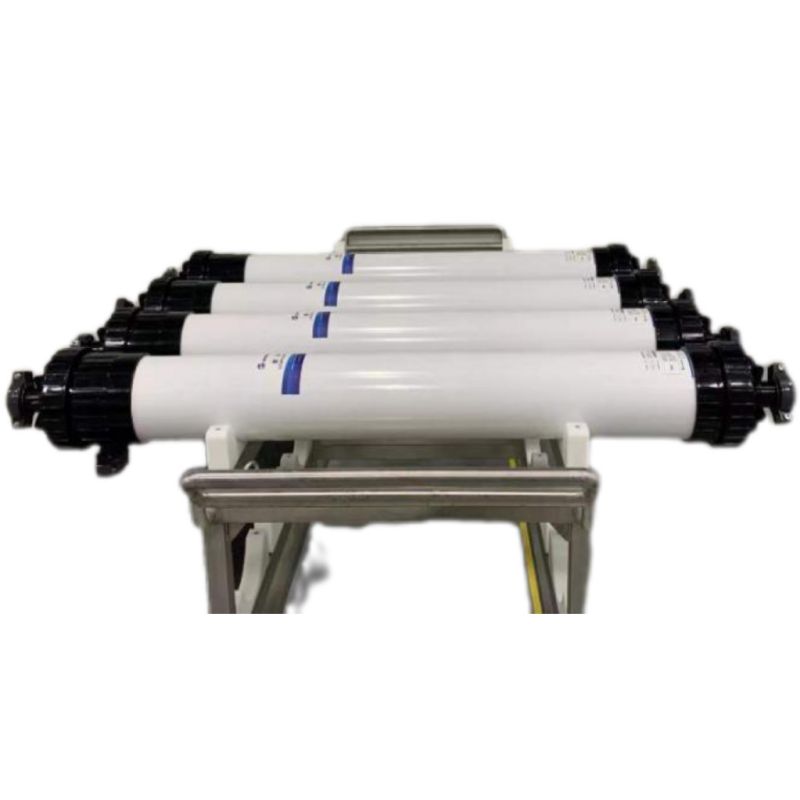
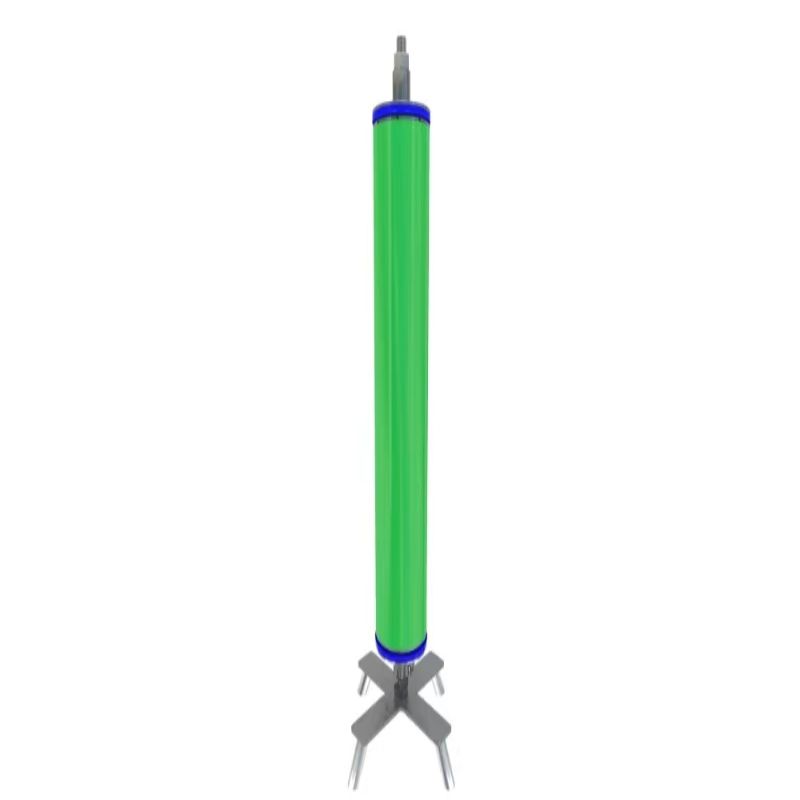
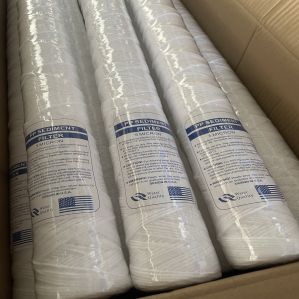
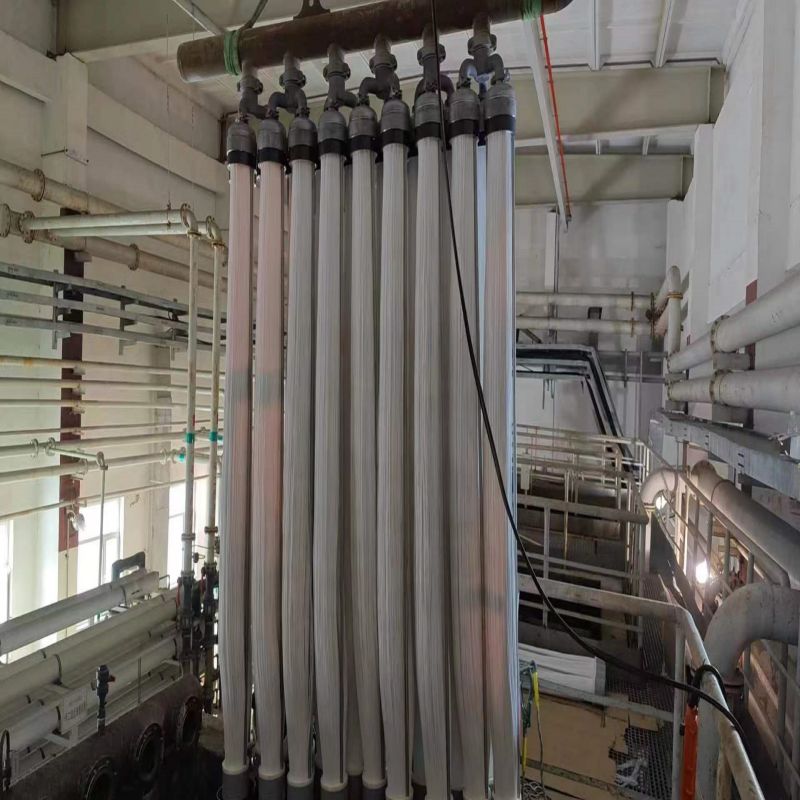




 Network Supported
Network Supported